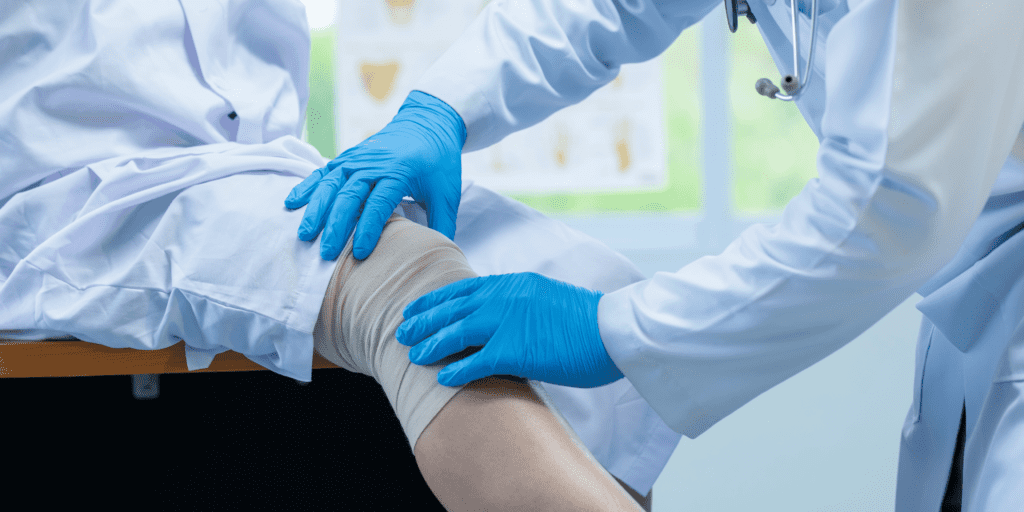Overview
Shoulder arthroscopy is a minimally invasive surgical procedure that allows orthopedic surgeons to diagnose and treat various shoulder conditions using small incisions and a specialized camera. Dr. Abhishek Tripathi specializes in shoulder arthroscopy and offers this service to patients who are experiencing shoulder pain or discomfort.
Here are some key points to know about shoulder arthroscopy:
What conditions can be treated with shoulder arthroscopy? Shoulder arthroscopy can be used to treat a variety of shoulder conditions, including rotator cuff tears, shoulder impingement syndrome, labral tears, shoulder instability, and frozen shoulder.
How is shoulder arthroscopy performed? During shoulder arthroscopy, small incisions are made around the shoulder joint, and a specialized camera is inserted to provide a clear view of the joint. The surgeon then uses small instruments to repair or remove damaged tissue as needed.
What are the benefits of shoulder arthroscopy? Shoulder arthroscopy offers several benefits over traditional open surgery, including smaller incisions, less pain and scarring, faster recovery times, and reduced risk of complications.


FAQs
Recovery times can vary depending on the type and severity of the shoulder condition being treated. In general, most patients can return to light activities within a few weeks, and full recovery can take several months.
Most patients experience some pain or discomfort after shoulder arthroscopy, but this can be managed with pain medication and other treatments as needed.
As with any surgical procedure, there are some risks associated with shoulder arthroscopy, including infection, bleeding, nerve damage, and anesthesia complications. However, these risks are relatively low, and the benefits of the procedure generally outweigh the risks.

